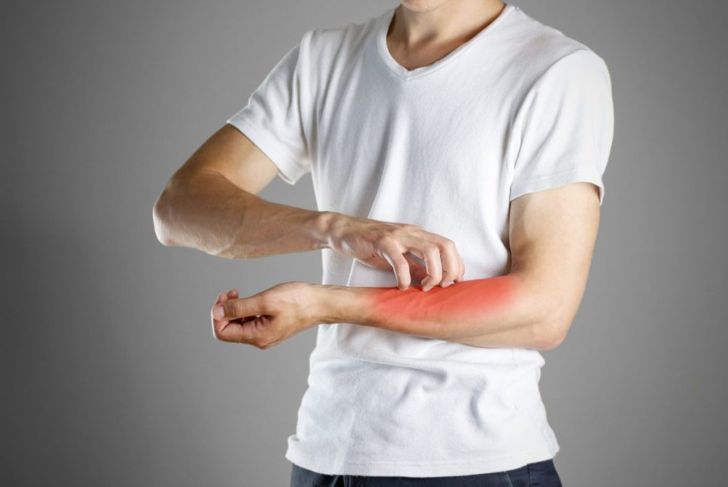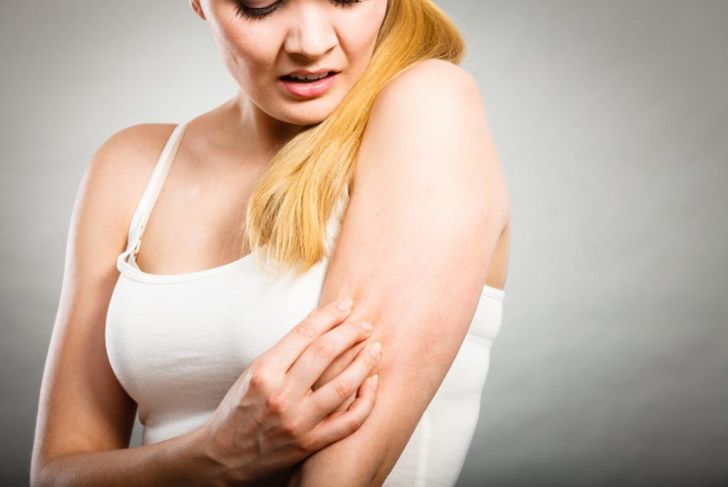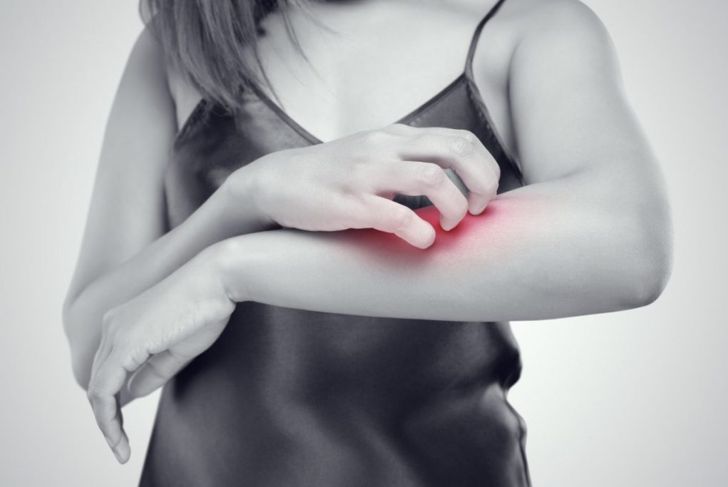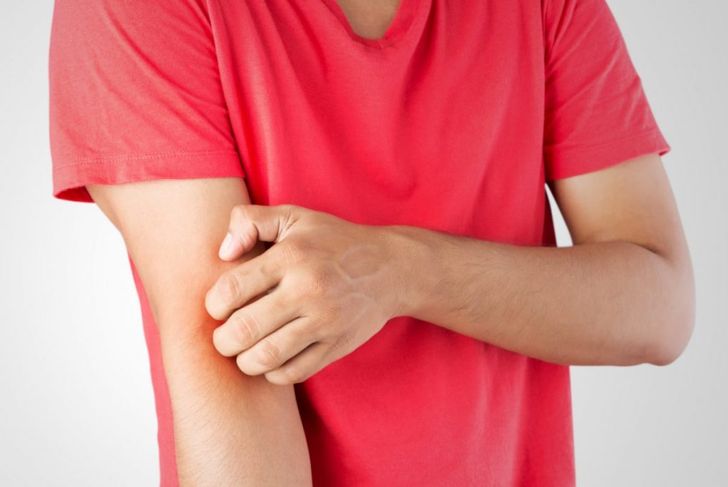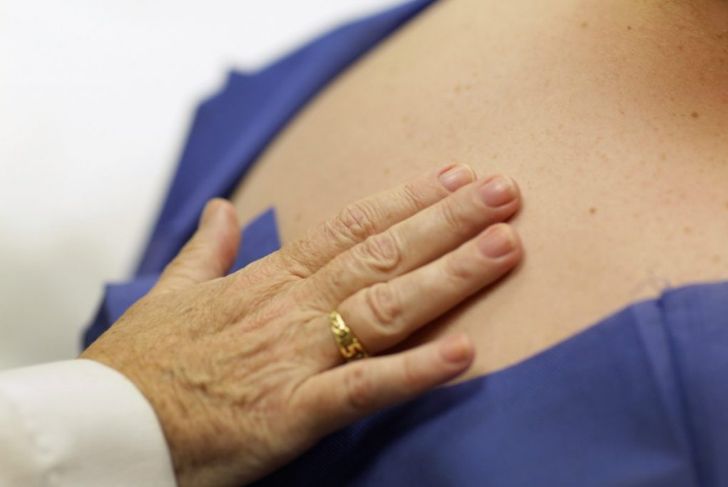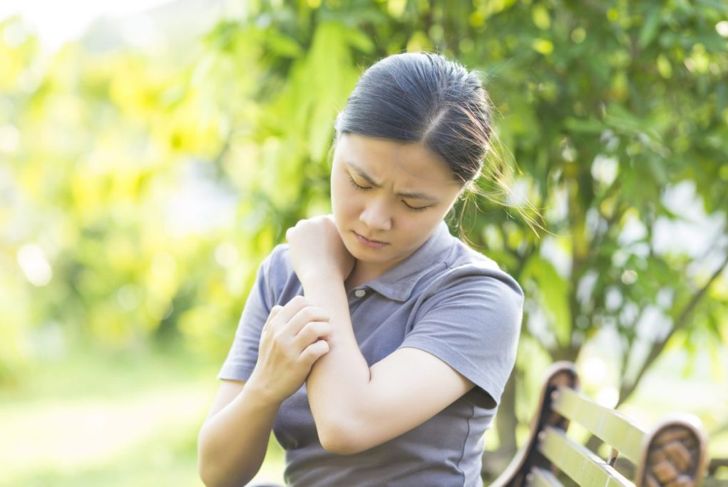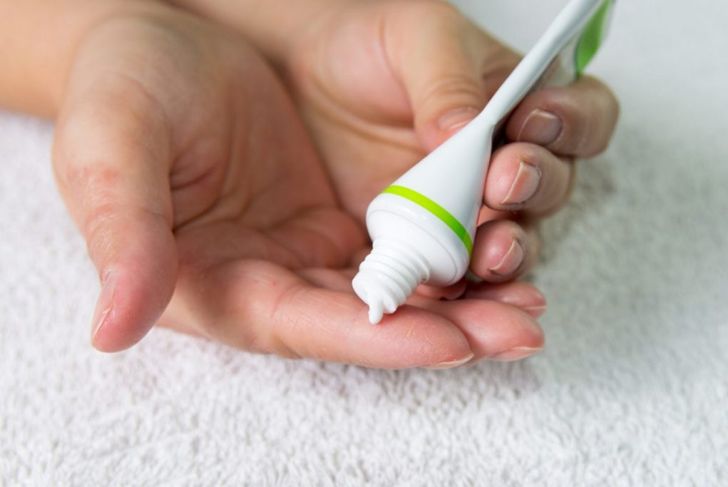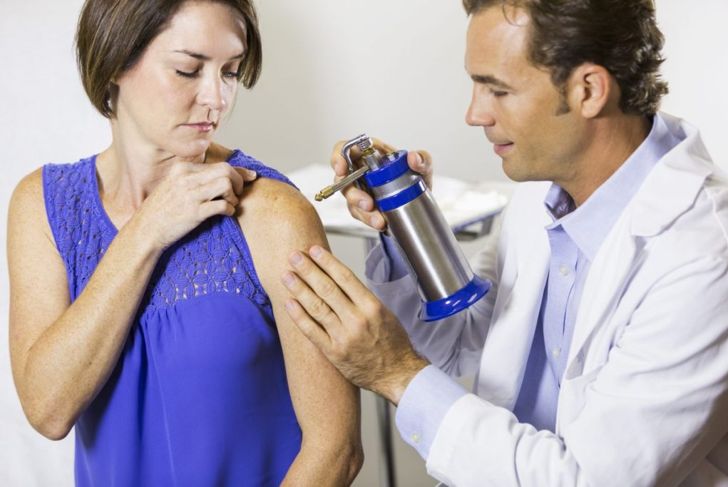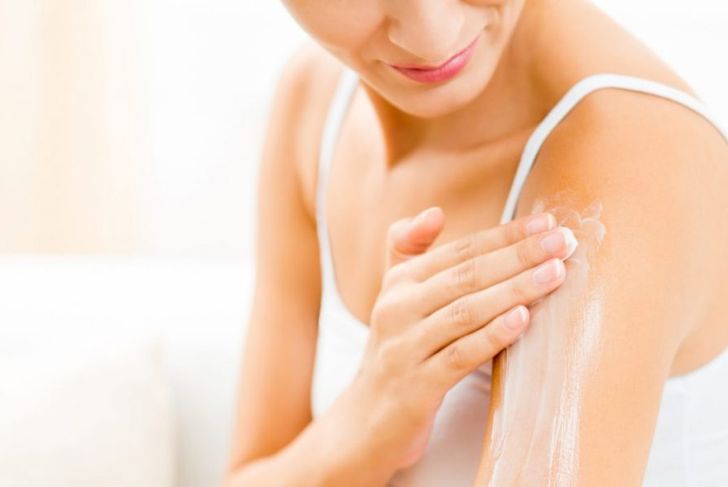The skin serves a multitude of functions, not only protecting us from the outside world, but also playing a major role in regulating body temperature, and more. Unfortunately, being at the forefront of defense, the skin is prone to various conditions including prurigo nodularis. This disease, which can range from irritating to debilitating, causes multiple itchy nodules to develop on the arms and legs. While it can be difficult to treat, it is possible to manage the symptoms of prurigo nodularis with proper medical care.
Who is at the Greatest Risk for Prurigo Nodularis?
According to epidemiological data, the skin disease can occur in all age groups; however, it is most common among older adults above the age of 60. While specific incidence and prevalence rates of prurigo nodularis are not known, research shows the condition affects both sexes equally.
What does Prurigo Nodularis Look Like?
When a person develops prurigo nodularis, they will begin to see hard bumps on the skin—often on the arms and legs—generally less than two centimeters in diameter. Darker than the surrounding skin, the bumps appear rough and thickened, sometimes with overlying scabs. They feel tender, but crusty.
What are the Symptoms of Prurigo Nodularis?
The condition causes hard, crusty nodules to form on the skin, most of which itch intensely. Most commonly found on the extremities, the dry sores tend to be located near old scars. Depending on the individual, the bumps may itch constantly, especially at night, or only when brushed against clothing. More often than not, scratching leads to pain and bleeding.
What is the Cause of Prurigo Nodularis?
Unfortunately, experts do not know the cause of prurigo nodularis. However, there is an established link between this and conditions such as liver and autoimmune disease. In addition, people with Becker’s nevus—a skin disorder that leads to irregular pigmentation on the torso or arms—tend to have a higher risk of developing the nodules.
What Triggers Prurigo Nodularis?
Further to those noted previously, several health factors appear to increase the risk of prurigo nodularis. For instance, the condition can be triggered by reduced function of the kidneys and liver, psychological conditions, certain infections, immunodeficiency, and other skin diseases that cause itching such as eczema, dermatitis herpetiformis, and bullous pemphigoid.
How is Prurigo Nodularis Diagnosed?
Diagnosis of prurigo nodularis typically begins with a physical exam. At the clinic, the doctor will first ask about the patient’s medical history and symptoms, then examine the skin. To confirm the diagnosis, the doctor may need to order blood tests or skin biopsies, depending on the presentation.
Is There a Cure for Nodular Prurigo?
There is currently no cure for nodular prurigo. However, it is possible to control the symptoms with medical treatment. It is not uncommon for the condition to gradually improve; to promote healing, people should avoid rubbing or scratching the nodules, which can take several weeks to resolve.
How do you Treat Prurigo Nodularis?
While there are several treatments available for prurigo nodularis, it may take some time to find one that works best for you. Ultimately, the goal is to reduce itchiness, which will help prevent further scratching. Some of the most common therapies for prurigo nodularis include topical medications such as steroids, oral antihistamines, corticosteroid injections, immune suppressants, and antiemetics.
What if Treatment Doesn’t Work?
Sometimes, standard treatment is not enough to provide adequate symptom relief. If this is the case, a doctor may choose to try other options such as phototherapy, pulsed dye laser, and cryotherapy, the last of which freezes the affected skin.
What are some Home Therapies for Prurigo Nodularis?
Individuals with prurigo nodularis should avoid using harsh cleaners. Using gentle products for bathing and showering can prevent breakouts or irritating existing bumps. Throughout the day, regularly applying emollients to the skin can help to soothe the area and reduce dryness. Lotions can also provide a cooling sensation. To prevent excessive scratching, people with the condition should keep their nails short, and consider wearing gloves at night. Occluding the affected areas with dressings or bandages may also provide relief. Those prone to prurigo nodularis should aim to avoid scratching existing rashes or bug bites, as this can exacerbate any developing bumps. Over-the-counter anti-itch creams may help.

 Home
Home Health
Health Diet & Nutrition
Diet & Nutrition Living Well
Living Well More
More